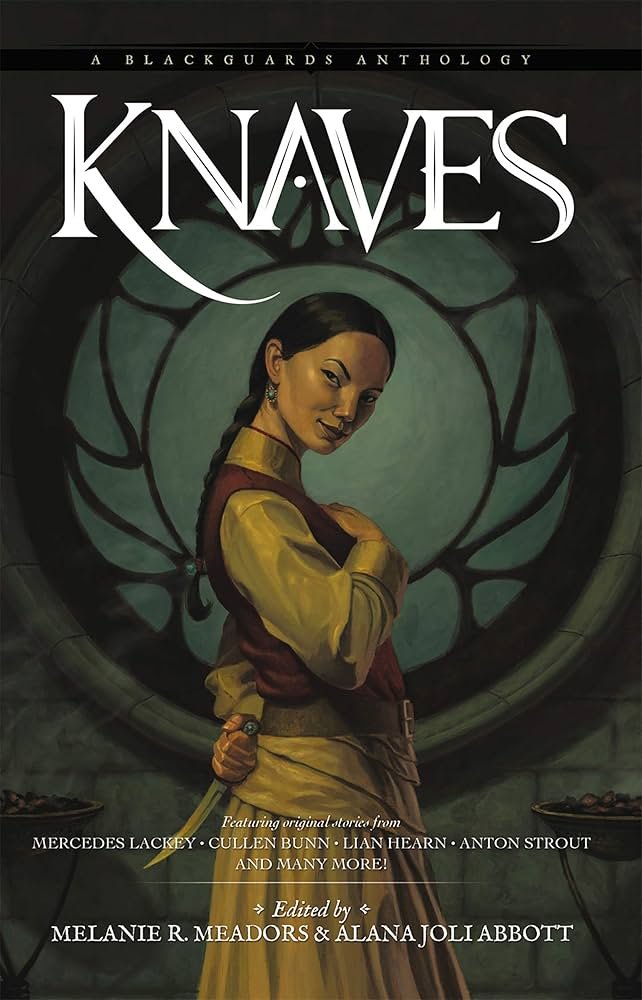My first theatrical show of 2025 was Kowalski, at The Duke on 42nd Street in New York City.
In Kowalski, playwright Gregg Ostrin imagines what might have gone on the night Marlon Brando showed up at Tennessee Williams’ Provincetown house to audition for the role of Stanley Kowalski in the Broadway production of A Streetcar Named Desire at the behest of director Elia Kazan. I am a sucker for tales of backstage/off-screen drama, so I knew I had to see Kowalski even with as little as I know of the personal lives of Williams and Brando (does that make me a bad theatre fan? Should I turn in my gay card?), and no matter how much of the 90-minute encounter is conjecture on Ostrin’s part.
Robin Lord Taylor was mostly known to me previous to this as Oswald Cobblepot, a.k.a. The Penguin, on Gotham, but his turn as Tennessee Williams now supersedes his TV work in my mind. His body language betrays Williams’ combination of insecurity and hubris with almost every gesture, some of it flamboyant enough to be real and real enough to avoid caricature. His whiskey-soaked voice soars when he’s excited and drops gutturally when he’s no longer amused, trying to stay in command of his home despite the overwhelming presence of Brando (and eventually, Brando’s female traveling companion).
Brandon Flynn (also previously known to me mostly from his television work on 13 Reasons Why, where he proved he could handle tough material) captivates from the moment he breaks into Williams’ house (easy, because the front door doesn’t latch properly); he exudes the calm sexuality Brando did at the start of his career mixed with playfulness but underscored with some bitterness. He avoids doing a Brando impersonation, giving his dialogue just enough of a mumbly quality to justify the number of times Williams comments on the way he speaks but otherwise avoiding the cliches.
When Taylor and Flynn are alone on stage together, they have a connection that made the audience the night I saw the show sit still and focus on every word, every gesture. The connection is in turn playful (especially with the misunderstanding of their first meeting), commiseratory (sharing stories of troubled childhoods), and confrontational (as each tries to control the other). Even when the characters are angry with each other, when Williams sulks or Brando rages, the actors are perfectly in synch.
While this is essentially a two-man show, there are three other characters. I estimate two of them have about twenty minutes of stage time each, and the third less than that. Ellie Ricker’s Jo, the young girl who has traveled with Brando to Provincetown from New York only to be left behind at the bus station until she takes matters into her own hands, is effervescent and easily manipulated by both men. I spent the whole time she was on stage wanting to tell her to pay attention to the way they’re using her as a pawn. When she does, Ricker’s transition from sweet to hurt to angry is pitch perfect. Alison Cimmet (who I think I last saw way downtown in a production of Machinal, twenty or more years ago) plays Williams’ long time friend Margo Jones … and man, do I wish the script gave her more to do. She is wonderfully acerbic as the long-supporting friend who is deeply hurt by being passed over as director of Streetcar in favor of the much more in-demand Elia Kazan; acerbic but loving. She and Lord also have solid chemistry in their too-few scenes together. Sebastian Treviño has the least stage time as Pancho, Williams’ live-in lover. He handles what little he’s given to do (sexily smolder, physically threaten, get drunk) very well but the Pancho is there mostly as a possible basis for the role Brando is there to audition for.
If I have any complaint about the show, it’s the way it is structured as a memory play. The first minute or so, with an older Tennessee Williams sitting in a chair talking to an unseen, and unheard, television interviewer, felt awkward and unnecessary, as did the closing narration.
Colin Hanlon’s direction is superb, making full use of the single set (the living room and kitchen of Williams’ home) designed by David Gallo with an eye towards keeping your attention on the actors. Jeff Croiter’s lighting design is subtle and warm and Lisa Zinni’s costumes capture the essence of Williams and Brando with period perfection. The Duke at 42nd Street is an intimate black box space which made it even easier for the audience to be pulled into the drama. I hope the show does well enough to garner a transfer to a Broadway house eventually, but I fear some of the immediacy of being in a smaller house will be lost. So go see Kowalski during this initial limited run. It closes February 23rd.
Kowalski set design by David Gallo, lighting design by Jeff Croiter
I’ve always loved live theater, and in the past couple of years I’ve been making a stronger effort to see more of it. Theater Thursday is a new occasional series where I talk about live theater, both shows I’ve seen recently and shows I’ve loved in the past.












